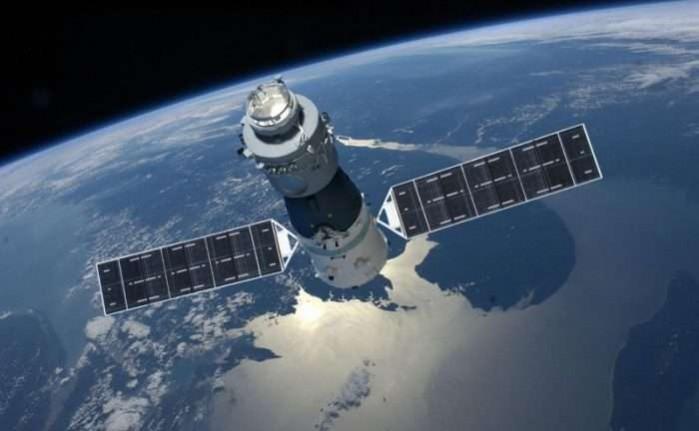![[Representational image] China's Tiangong-1 is expected to re-enter the atmosphere sometime in March. China's Tiangong-1 space station](https://data1.ibtimes.co.in/en/full/675237/chinas-tiangong-1-space-station.jpg?h=450&l=50&t=40)
China's Tiangong-1 space station, which has been completely out of control for months now, is expected to re-enter the Earth's atmosphere around March. However, the most dangerous part about its tumble towards the planet is not the actual impact of the debris, but a "highly toxic" chemical on board the spacecraft that could survive re-entry.
The potentially hazardous substance, called hydrazine, is used in rocket fuel, and long-term exposure is believed to cause cancer in humans. Although most of the Tiangong-1 space station will burn up while plunging back to the Earth's atmosphere, about 10 to 40 percent of the spacecraft is likely to survive the re-entry and hit the ground as debris, some of which may contain hydrazine.
"Potentially, there may be a highly toxic and corrosive substance called hydrazine on board the spacecraft that could survive re-entry," Aerospace Corp, a non-profit corporation based in El Segundo, California, said on its website. "For your safety, do not touch any debris you may find on the ground nor inhale vapours it may emit."
Hydrazine, a colourless flammable liquid with an ammonia-like odour, is highly toxic and dangerously unstable unless handled in solution.
According to the United States Environmental Protection Agency (EPA), symptoms of short-term exposure to high levels of hydrazine include irritation of the eyes, nose, and throat, dizziness, headache, nausea, pulmonary edema, seizures, and coma in humans.
Short-term exposure to hydrazine can also damage the liver, kidneys, and central nervous system in humans while effects to the lungs, liver, spleen and thyroid have been reported in animals chronically (long-term) exposed to hydrazine via inhalation, EPA said.

China announced on March 21, 2016 that telemetry services with Tiangong-1 had been ceased after it completed an operational orbit of 1,630 days. The country made another announcement on September 14, 2016, predicting that Tiangong-1 would re-enter the atmosphere in latter half of 2017.
However, experts at Aerospace Corp's Center for Orbital and Reentry Debris Studies (Cords) said that the space station would make an uncontrolled re-entry in the atmosphere sometime in March.
While the exact time and location of a precise landing is still unknown, the European Space Agency recently said that the countries that are at risk include Spain, Italy, Turkey, India and parts of the US.
Launched in September 2011, Tiangong-1 weighs 8,500kg while much of the material making up the spacecraft will burn up in the friction of Earth's atmosphere.
"Owing to the geometry of the station's orbit, we can already exclude the possibility that any fragments will fall over any spot further north than 43°N or further south than 43°S," Holger Krag, head of ESA's Space Debris Office, recently said. "This means that re-entry may take place over any spot on Earth between these latitudes, which includes several European countries, for example."
















